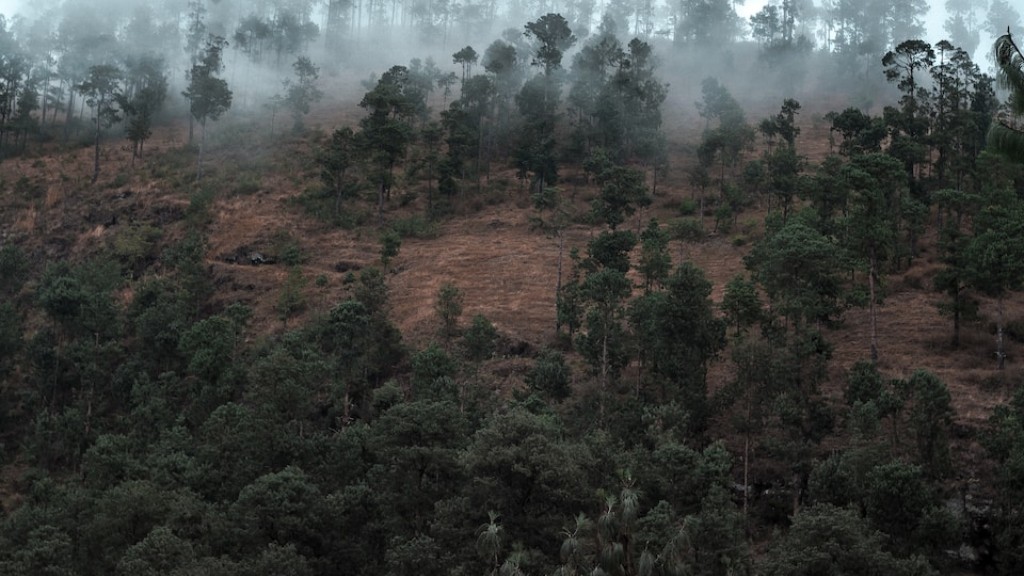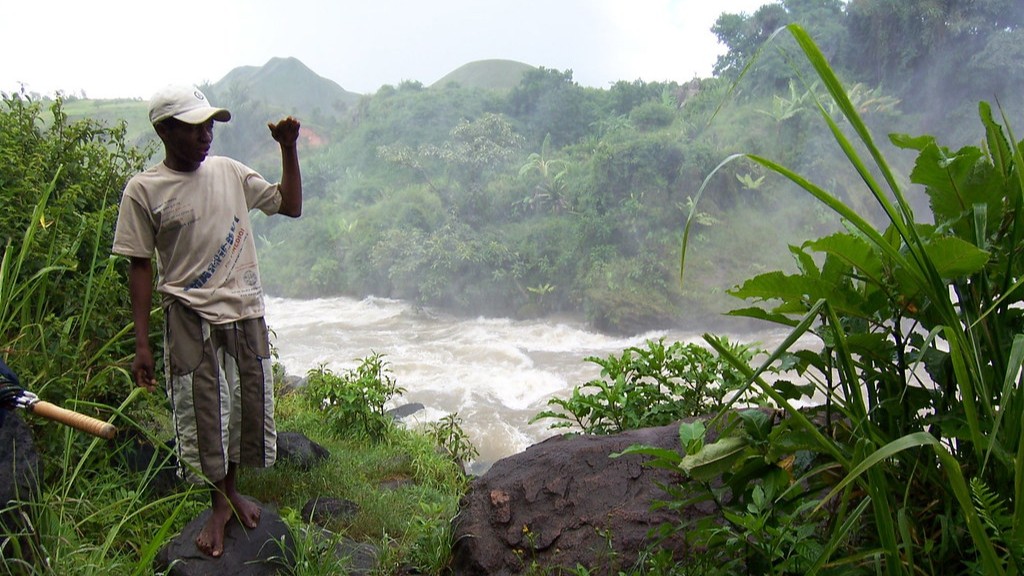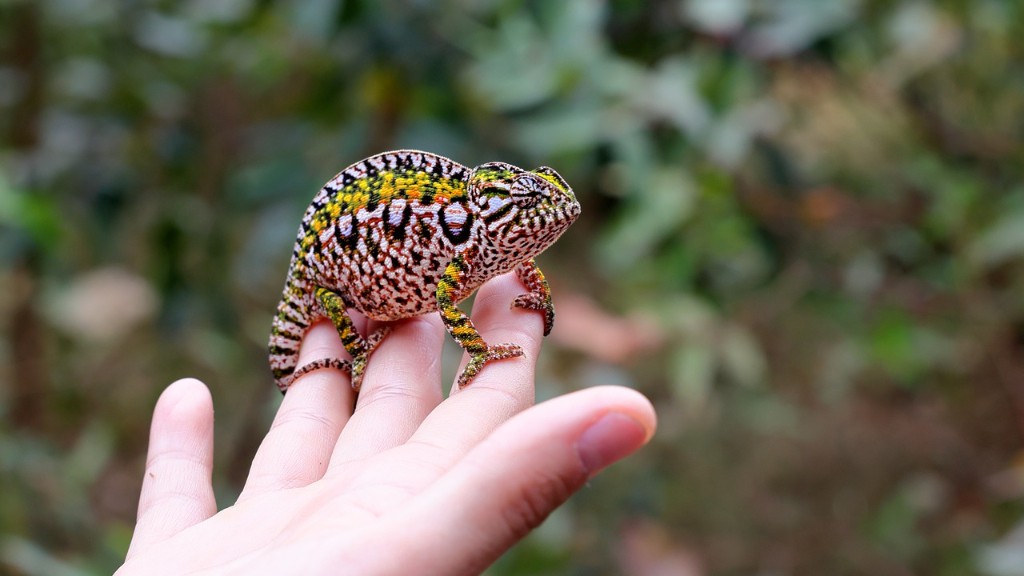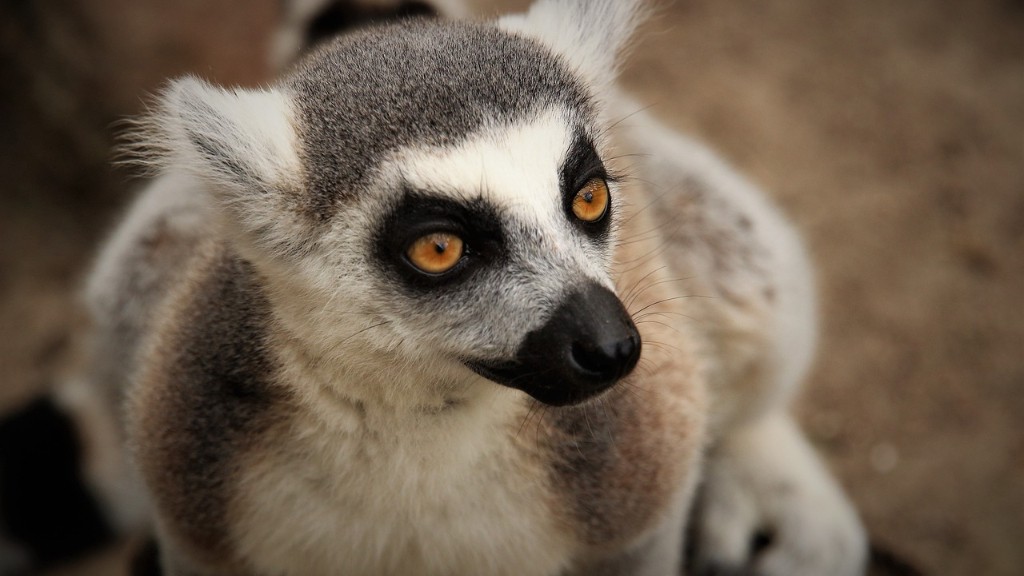How to Tell if a Madagascar Hissing Cockroach is Pregnant
Madagascar Hissing Cockroaches are fascinating creatures known for their unique ability to emit a hissing sound. These insects originate from the tropical forests of Madagascar and are commonly kept as pets or exhibit animals. If you have a female roach, one question that might intrigue you is whether she is pregnant. In this article, we will explore various signs and indicators to help you determine if your Madagascar Hissing Cockroach is expecting.
Background Information
Before diving into the signs of pregnancy, it is essential to understand the reproductive characteristics of these roaches. Female Madagascar Hissing Cockroaches reproduce through a process called parthenogenesis, meaning they can lay fertile eggs without engaging in sexual reproduction. This fascinating ability allows them to produce offspring without the presence of a male cockroach.
In terms of physical appearance, determining the sex of a Madagascar Hissing Cockroach is relatively easy. Males usually possess longer, wider antennae, while females typically have shorter antennae and a broader, stouter body. However, it is essential to note that these characteristics do not solely indicate whether the female is pregnant or not. We need to explore other signs as well.
Signs of Pregnancy
1. Abdominal Changes: One of the primary indicators of a pregnant Madagascar Hissing Cockroach is abdominal swelling. As the pregnancy progresses, you may notice the female’s abdomen becoming larger and more rounded compared to the other cockroaches in the habitat.
2. Change in Behavior: Pregnant female cockroaches often exhibit changes in behavior. They might become more reclusive, spending more time hiding or burrowing. They may also appear restless and display increased sensitivity when approached or disturbed.
3. Decreased Appetite: Another common sign of a pregnant cockroach is a loss of appetite. As the pregnancy advances, the female may eat significantly less or even refuse food altogether. This change is attributed to the energy requirements associated with carrying and caring for the developing embryos.
4. Decreased Activity: Pregnant Madagascar Hissing Cockroaches tend to reduce their activity levels. They may become less active in exploring their surroundings or interacting with other roaches in the habitat. This change is believed to be caused by the physical strain of pregnancy.
5. Nest Preparation: Observing nest-building behavior is a strong indication of pregnancy. Pregnant females will start collecting and arranging materials to create a suitable environment for their offspring. If you notice your cockroach carrying pieces of food, leaves, or other materials, it is a positive sign that she is pregnant.
Expert Insights
To gain a deeper understanding of how to identify a pregnant Madagascar Hissing Cockroach, we consulted Dr. Emily Turner, an entomologist specializing in insect reproduction. According to Dr. Turner, “Determining pregnancy in these cockroaches is a challenging task. While the signs mentioned earlier can provide valuable insights, the best way to confirm pregnancy is through careful observation of the female’s behavior and physical changes over time.”
Dr. Turner suggests keeping a record of the female’s daily activities, including feeding habits, behavior, and any noticeable changes in size or shape. By comparing this data over the course of several weeks, patterns and trends may emerge, helping you confirm if your Madagascar Hissing Cockroach is indeed pregnant.
Conclusion
Identifying a pregnant Madagascar Hissing Cockroach requires keen observation and an understanding of their reproductive nature. By keeping an eye out for abdominal changes, altered behavior, decreased appetite and activity, and nest-building behaviors, you can make an informed assessment of whether your female cockroach is expecting. Although the signs mentioned in this article are valuable indicators, remember that individual variations and exceptions may exist. If you are unsure, consider consulting an experienced entomologist or veterinarian for further guidance.



